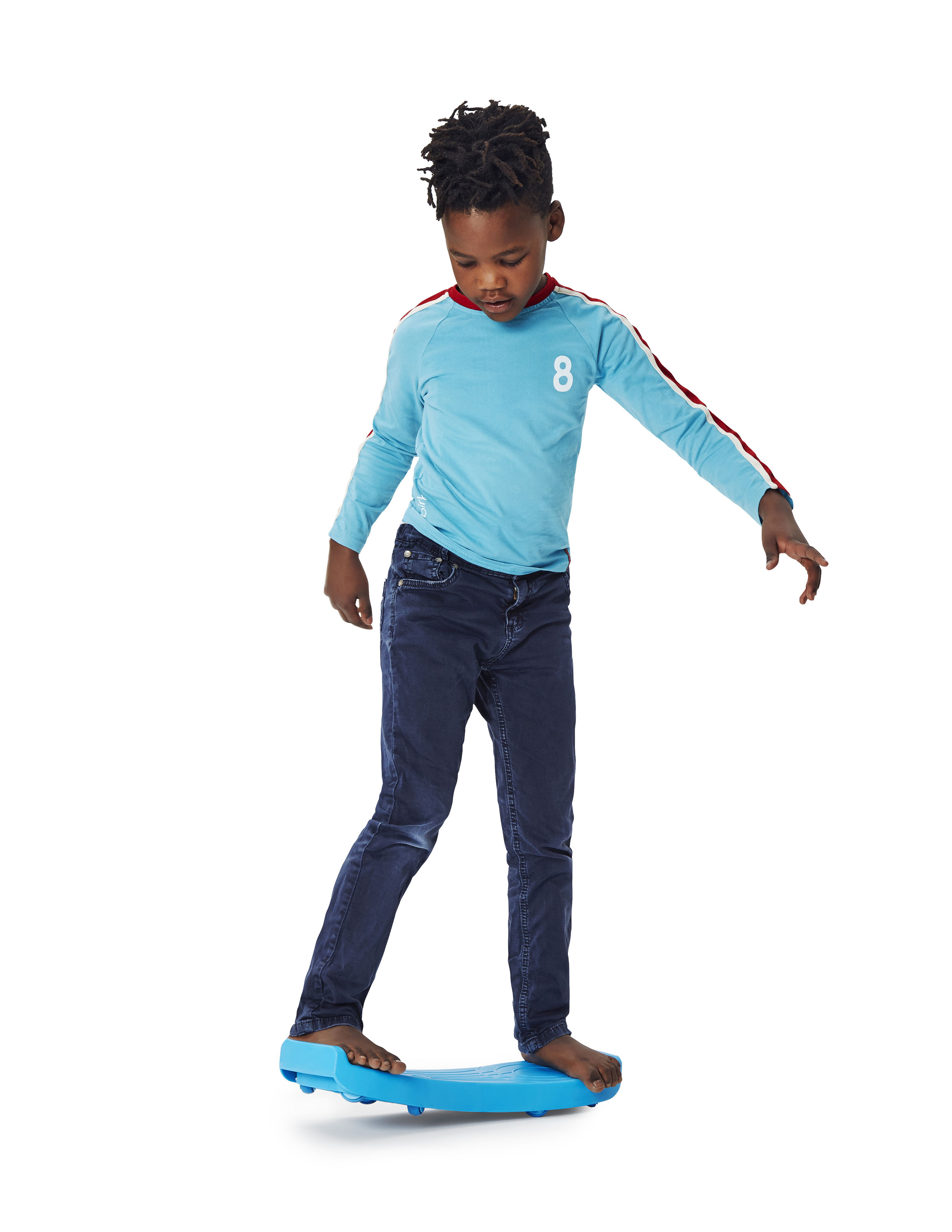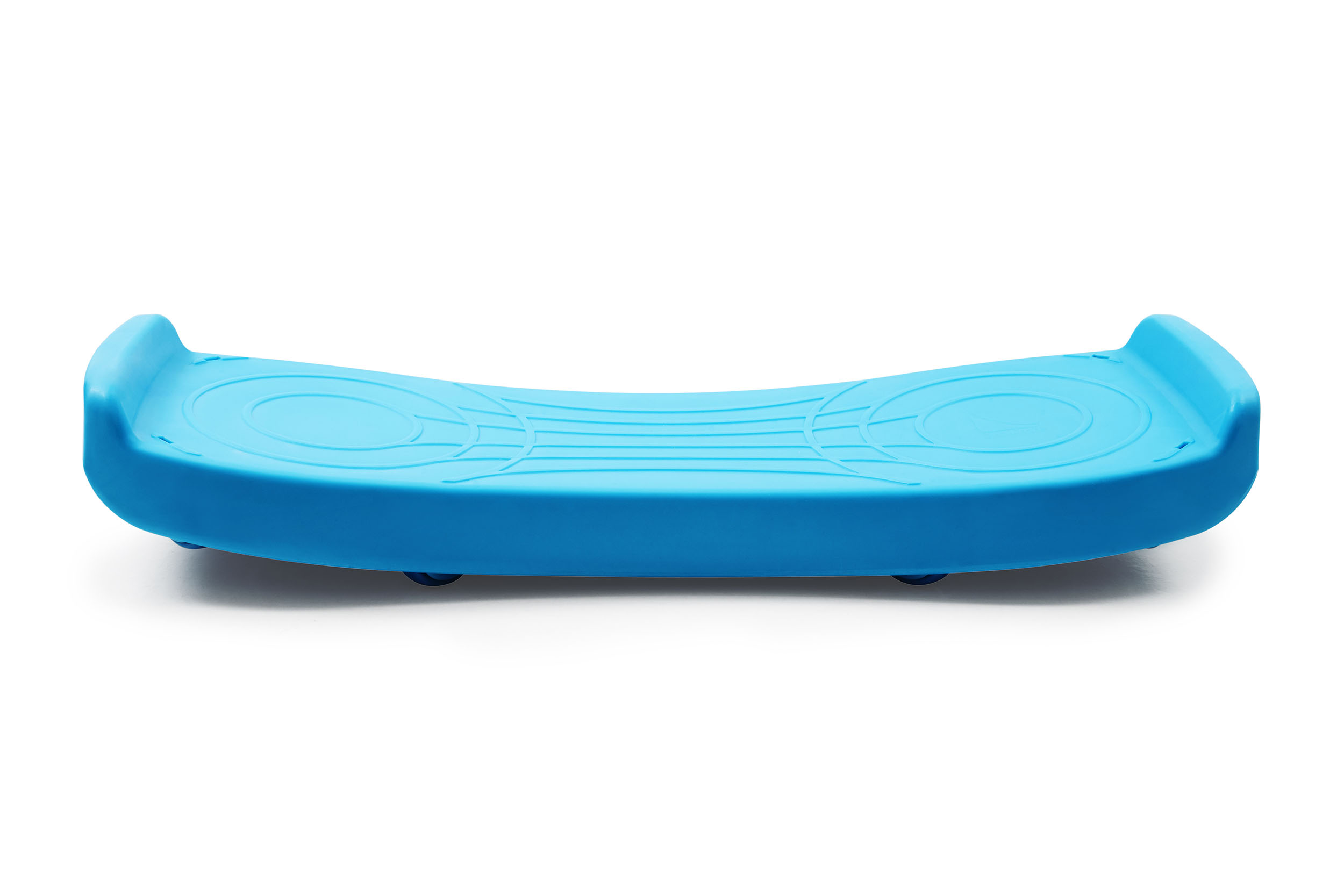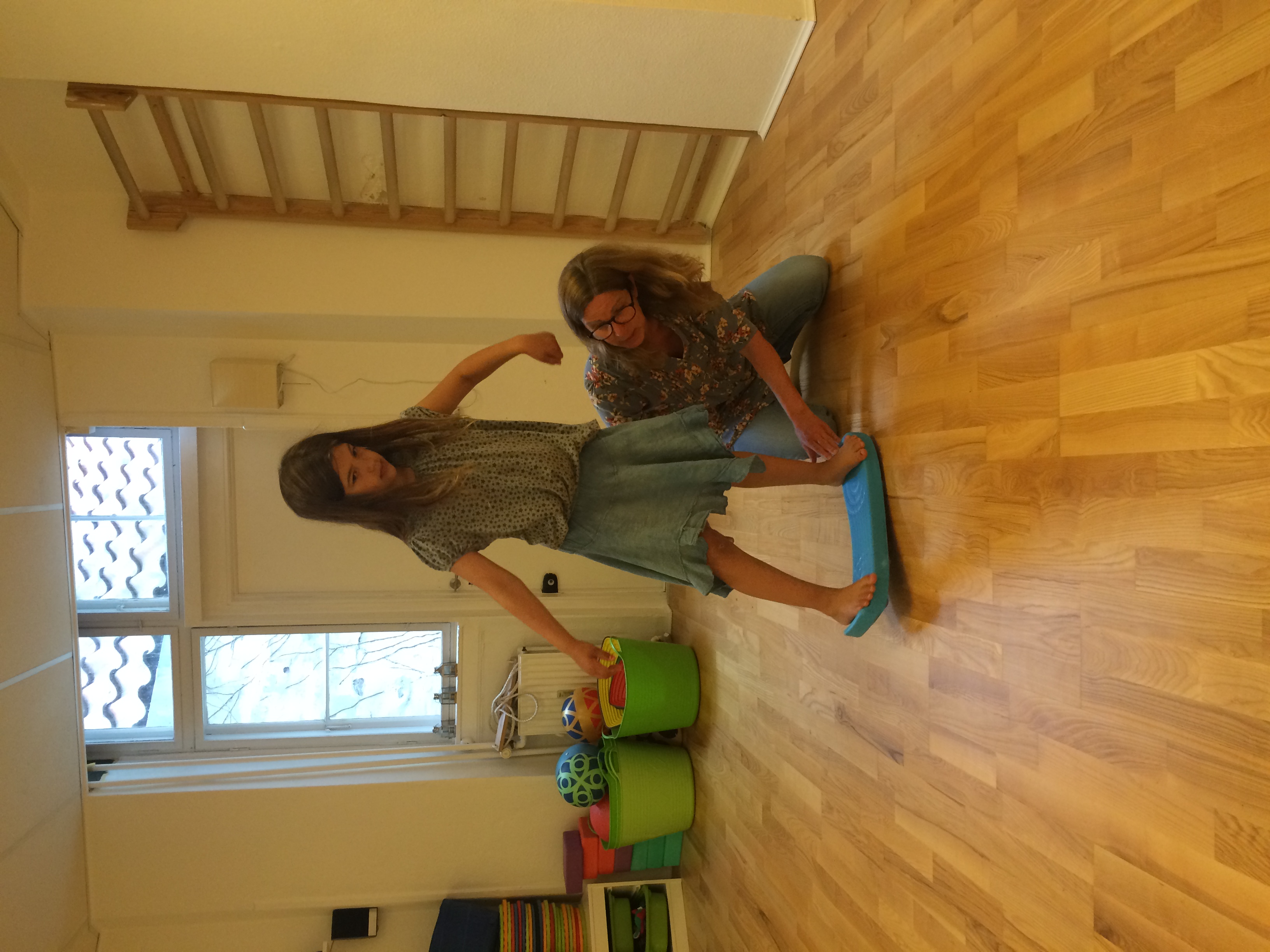CASE
Lisa is eight years old. When she gets here, she alwayshas large bruises and grazes on her knees. She seemsclumsy and is accident-prone. She spills milk, slams doors, bumps into people and tends to be to be boisterous when playing with smaller children.
She cannot ride a bicycle. She is unable to throw a ball in a specific direction and cannot judge how much force to apply so that the other person has a chance to catch it. She throws alternately too weak and too hard. The same applies when she tries to kick a ball. No one ever asks her to join their team, which upsets her. She also has difficulty with pronunciation and is unable to judge how much lip force or movement she needs to shape a sound. Lisa is good at drawing and sewing and she loves to
make patterns using melting beads.
At therapy sessions, we agree to work towards giving Lisa a better perception of regulating force. This is controlled by the proprio-ceptive sense.The goal of Lisa‘s therapy is to train her to play ball with other children at a level, at which she feels she can keep up and therefore enjoy playing ball games with her friends.An added bonus will be that Lisa learns to give other children a hug, without them feeling that she is crushing them.We choose not to start with ball games as they are complex and include too many elements. I choose to encourage Lisa to use the Robo-Board. It can help her to transfer weight precisely, i.e. just enough to propel one side of the board forward and create movement. Moving on a Robo-Board requires good force regulation skills. The board is designed so that, while regulatingforce with the weight-bearing leg, the child uses theother leg to propel the board forwards and backwards. If Lisa treads too heavily or too fast down onto the board, she is not able to keep the other leg on the board because it will spring up and prevent her from using her leg to turn the board and propel it forwards.
To begin with, Lisa concentrates on transferring her weight onto the one leg, while I help her to push forward with the other. She gradually learns to wriggle to get the board moving. As soon as she fails to apply the correct amount of force, she loses her balance or the board comes to a standstill. The exercise requires great care and concentration. It helps Lisa to observe carefully. Her perception of how much force she needs to use improves rapidly.We talk about how applying pressure alternately between the left and right leg is the same as when you ride a bicycle. Lisa is pleased because she realises that the exercise may be a preliminary step to learning to ride a bicycle.
Within the first hour, Lisa succeeds in wriggling two metres forward on the board. She makes good progress at subsequent sessions. She learns to steer the Robo-Board in a direction of her choice. She tips the board longer and her coordination improves all the time. After four sessions, Lisa is confident enough to start learning to ride a bicycle and play ball games.







